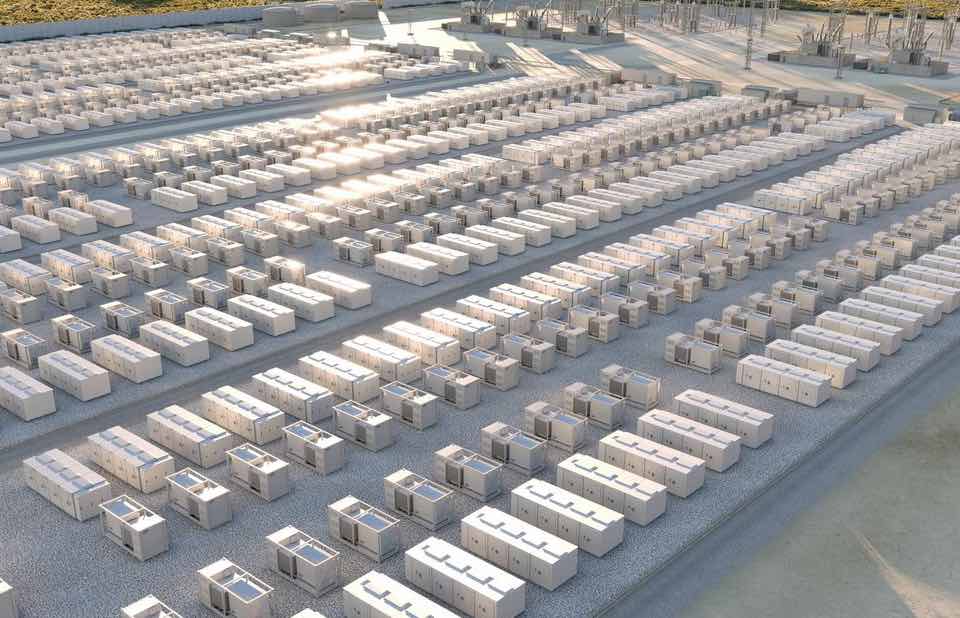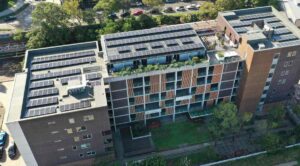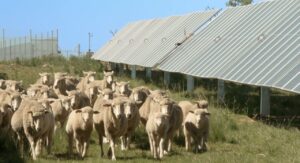The best sites for large scale battery storage projects are all likely to be taken within the next three years but scarcity isn’t driving better prices for landowners, says the boss of a renewable energy project land acquisition company.
“In New South Wales (NSW) all of the really good battery sites are taken,” says Daniel Moroko of Rok Solid.
“Most of the sites in Victoria are taken as well.”
Once the larger sites are taken he expects more local batteries to appear which can sit on 66 kilovolt (kV) lines near small substations.
Battery sites are commonly sold to developers at a premium of 1.5 times to double what the land is worth, Moroko says.
But the rising scarcity of spots isn’t causing a spike in land prices around substations because once one project is planned, the capacity available in the neighbouring infrastructure is also reduced.
“There’s a finite amount of battery energy storage sites in the country left, but near most of the substations there’s already a battery storage project planned, so it almost diminishes the value [of the remaining land] because if there’s one next door it reduces the amount of capacity [in the substation],” he says.
“Lots of landowners don’t understand this. So a lot of the time, if they don’t know how it works, sometimes they’re asking for too little, and sometimes they’re asking for too much or terms that are unrealistic.”
‘Super’ substations like the one in Tamworth have the capacity to host multiple projects. Currently three are jostling for position: Equis Energy’s 300MW/1200MWh Calala battery, Maoneng’s 200MW/400MWh Tamworth Big Battery, and Iberdrola’s proposed two hour, 270MW Kingswood battery.
Over the last year batteries have proven themselves to be a real revenue generator and as a result, are extremely popular for developers.
Energy arbitrage – buying electricity cheap and selling high – generated record revenue for batteries in 2023, while Neoen said last year it expects the four-hour Collie battery in Western Australia to be one of the most profitable assets in its portfolio.
Neoen CEO Xavier Barbaro says batteries usually deliver higher returns than wind and solar farms.
Transmission, hydrogen could change that picture
But if network companies enthusiastically take up the kinds of cheap-and-quick infrastructure-improving technologies being tested in the US, that calculus could change.
“In theory, let’s say all transmission lines are upgraded and technologies are upgraded. That will release a lot more rural land for solar that people wouldn’t normally look at, because the infrastructure is so poor,” Moroko says.
“Then they will end up doing batteries out there too. But that’s a hypothetical situation.
“It should be done quickly but in Australia, with all of the red tape and different political environments where things change, I think it will take a lot longer than people are expecting.”
About three years ago Moroko’s company mapped all substations in Australia and the landowners around them.
As a result, he’s been behind many of the land deals for large-scale batteries in the National Energy Market (NEM), as well as a number of small and large-scale solar projects.
Moroko believes the next big thing for landowners after batteries might be sites for green hydrogen, which would need to be near grid infrastructure and water sources.
Solar projects offer multi-million dollar annuities
If battery projects can offer a landowner a windfall, solar projects offer a long term annuity as land is leased.
Bite-sized solar around the 5 megawatt (MW) scale will see land priced on average at $2800 per hectare (ha), with an annual gain factored in.
For a 20ha parcel of land, that works out at a headline price of $1.12 million over the life of a 20-year lease.
Larger scale solar which needs parcels of land in the hundreds of hectares is priced around $1200-$1500.
For a 500ha parcel of land, as Moroko recently negotiated outside Rockhampton in Queensland, that works out $12-15 million over a 20 year lease.
The ability to run sheep under solar panels, as is now popular in Australia, doesn’t affect the lease rates given the win-win outcome for both parties.










